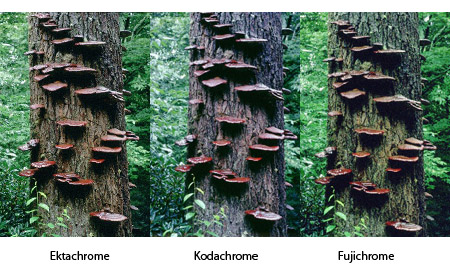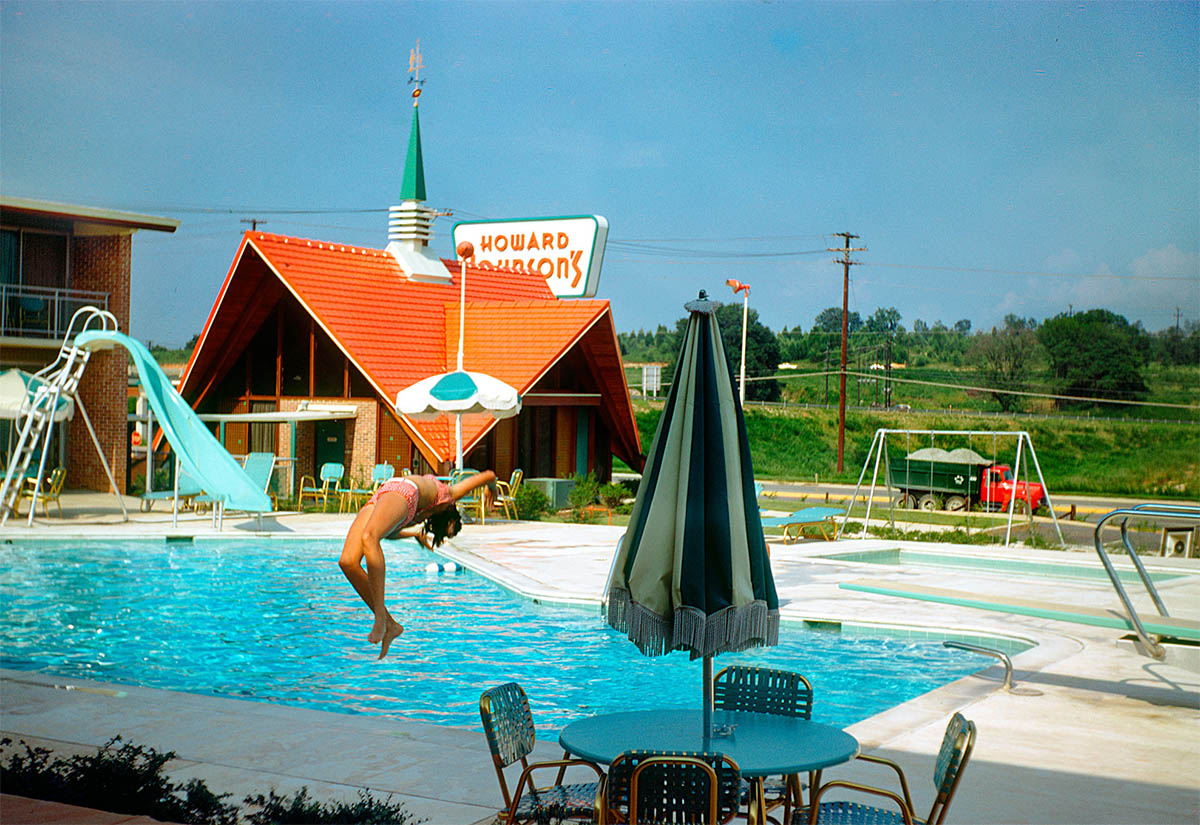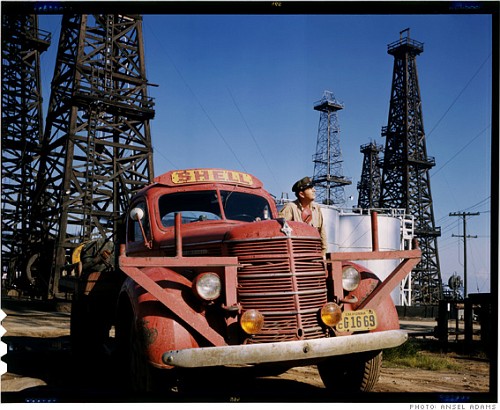Skip to comments.
Gary Starkweather, Inventor of the Laser Printer, Dies at 81
NY Times ^
| 15 January 2020
| Cade Metz
Posted on 01/20/2020 10:00:05 AM PST by oh8eleven
Mr. Starkweather was working as a junior engineer in the offices of the Xerox Corporation in Rochester, N.Y., in 1964 — several years after the company had introduced the photocopier to American office buildings — when he began working on a version that could transmit information between two distant copiers, so that a person could scan a document in one place and send a copy to someone else in another.
He decided that this could best be done with the precision of a laser, another recent invention, which can use amplified light to transfer images onto paper. But then he had a better idea: Rather than sending grainy images of paper documents from place to place, what if he used the precision of a laser to print more refined images straight from a computer?
At the Palo Alto Research Center, or PARC, Mr. Starkweather built the first working laser printer in 1971 in less than nine months. By the 1990s, it was a staple of offices around the world. By the new millennium, it was nearly ubiquitous in homes as well.
“We still use the same fundamental engine to print billions of pages a day,” said Doug Fairbairn, a staff director at the Computer History Museum who worked alongside Mr. Starkweather at PARC. “It was all Gary’s idea.”
(Excerpt) Read more at nytimes.com ...
TOPICS: Business/Economy; Computers/Internet
KEYWORDS: garystarkweather; laserprinter; newyork; newyorkcity; newyorkslimes; newyorktimes; parc; rochester; worldimagecenter; xerox
Navigation: use the links below to view more comments.
first previous 1-20, 21-40, 41-60, 61-80, 81-87 next last
To: oh8eleven
61
posted on
01/20/2020 1:47:04 PM PST
by
fieldmarshaldj
(Dear Mr. Kotter, #Epsteindidntkillhimself - Signed, Epstein's Mother)
To: Daffynition
Now that is a beautiful photo.
62
posted on
01/20/2020 1:48:09 PM PST
by
fieldmarshaldj
(Dear Mr. Kotter, #Epsteindidntkillhimself - Signed, Epstein's Mother)
To: oh8eleven; Osage Orange; Elsie; samadams2000
I started with Xerox in 1967 as a sales rep. At the time my territory was from Burlingame California all the way down to Redwood City. What a great time that was. $$$$$$
Anyway as is usually the case in a company that is growing faster than it can keep up with the personnel, within five years I was managing all of the technical representatives from South San Francisco all the way to Monterey. Later when I refused to transfer to Rochester, I was given an accounts manager position in which my accounts were Varian, Syntex, Hewlett Packard and Ford Aerospace.
Earlier I had met all of the players at PARC including Starkweather. They used our offices in Santa Clara for all of the Alpha and Beta ethernet networking equipment. In about 1978 the corporate jet picked me up with representatives from all of those silicon valley firms that I represented and took us to Dallas and then on to Rochester where we saw the future of printing with the huge 9700 laser printer. Their goal was to achieve the merging of text and graphics. In 1980 I left Xerox and did a startup using two of the 9700's running a service company to replace dot matrix printing in Silicon Valley with the two laser printers. Business was very good and we hired five Israeli engineers from Stanford University to continue working on the merging of text and graphics on an IBM 370 which was our ultimate goal. We were very close when out of nowhere Jobs and Wozniak announced the Mac. Our funding and banking opportunities went south as interest rates and Jimmy Carter had caused our primary bank, Hibernia Bank, to fold. So that was that.
We're now the owners of an historical museum in southern Utah, but we own the best Xerox product for small business which merges text and graphics, prints great 13x19 posters and produces fine brochures and catalogs.
Xerox Docucolor 252
63
posted on
01/20/2020 1:50:03 PM PST
by
Utah Binger
(Mount Carmel Utah: A Xeroid Owns the Maynard Dixon Home and Studio)
To: fella
Just HOW did we get along without Common Core?
To: Ol' Dan Tucker
Usually it’s “RTFM.”
Love your screen name, BYW.
Old Dan Tucker by Suzy Bogguss. WONDERFUL tune...so much fun and soul. They don’t write them like that any more.
To: Daffynition
"OK...who the invented the modern strobe light?" ~~~~~~~~~~~~~~
MIT's Doctor Harold Edgerton -- who first "froze" the image of a splash of milk (and became known as, "Doc Flash").

"Doc" went on to invent side-scan and sub-bottom-profiling SONAR.
And, "Doc" was the first "E" in EG&G -- Edgerton, Germeshausen & Grier -- the company that invented and did many classified things. Among which was much of the instrumentation of all of our nuclear tests.
It was my personal pleasure to meet "Doc" at EG&G (next door to the original "Radio Shack" in Boston...
Brilliant gentleman!
TXnMA

66
posted on
01/20/2020 2:17:36 PM PST
by
TXnMA
("Allah": Satan's alias | "Islam": Allah's useful idiots | Brennan & 0b0z0: Islam's useful idiots)
To: oh8eleven
I once was antiquated with a guy who sunk his retirement into a one-hour photo place in a strip shopping center in the late 90’s. He was a out of biz in 4 years.
To: Ol' Dan Tucker
I can’t even recall how many times I’ve told people RTFM. :)
68
posted on
01/20/2020 3:08:12 PM PST
by
MayflowerMadam
("Worry does not empty tomorrow of its sorrow; it empties today of its strength" - Corrie ten Boom)
To: oh8eleven
It’s amazing how much incredible development work was done by Xerox (especially at PARC) but they never marketed it.
The mouse was “invented” there, as was the basis of the MAC OS user interface, using the design based on SmallTalk, which was one of the first object-oriented programming languages (and integrated environment,) also invented there.
PARC, like AT&T’s Bell Labs, were really wonders of technology.
Mark
69
posted on
01/20/2020 3:29:52 PM PST
by
MarkL
(Do I really look like a guy with a plan?)
To: Utah Binger
Folks, I can personally say...Utah Binger is a straight shooter...and if anyone wants to do biz with him...he will treat you right.
I've purchased a few pieces of artwork from him..and it's always a good experience.
70
posted on
01/20/2020 3:39:33 PM PST
by
Osage Orange
(Whiskey Tango Foxtrot)
To: oh8eleven
I’m impressed that the NY Times published anything only authored by a single person...
71
posted on
01/20/2020 3:56:28 PM PST
by
gopno1
To: TXnMA
I went to a lecture he gave to the Neucomen Society, held at the Coast Guard Academy in New London, CT. He showed some of his work [old-fashioned slides IIRC.
Brilliant man; body of his lecture was his exploration of Loch Ness; he explained that he was a true *unbeliever*, as am I.
Well, as he told his tale, and showed some of his strobe images, and further how he became of believer of how something is down there.
There is no reason, not to believe that his images were not authentic.
Impressive man. Did MIT proud.

72
posted on
01/20/2020 7:50:14 PM PST
by
Daffynition
(*I'm living the dream.* & :))
To: fieldmarshaldj
Only Kodachrome could give that special feeling to an image [the greens, reds and blues]....gosh, I date myself!


73
posted on
01/20/2020 7:54:54 PM PST
by
Daffynition
(*I'm living the dream.* & :))
To: Daffynition
Only Kodachrome could give that special feeling to an image [the greens, reds and blues]..They give us those nice bright colors
They give us the greens of summers
74
posted on
01/20/2020 7:56:14 PM PST
by
dfwgator
(Endut! Hoch Hech!)
To: fella
75
posted on
01/20/2020 7:58:04 PM PST
by
Daffynition
(*I'm living the dream.* & :))
To: dfwgator
Ansel Adams, 1945 [link for other kodachromes]
Ansel Adams is best known as the master of black and white landscape photography, but this Kodachrome color photo is a rare exception. It depicts a worker surveying a Los Angeles-area Shell oil field. Adams took this photo for the 1945 "Pacific Coast" issue of Fortune, which featured the work of artists and photographers native to the West Coast.
In their introduction to Fortune's ninth single-subject issue in its history, the editors called Adams "an eminent technician, teacher, and writer, whose love of mountaineering has made him a foremost photographic interpreter of the West." Ansel Adams is best known as the master of black and white landscape photography, but this Kodachrome color photo is a rare exception. It depicts a worker surveying a Los Angeles-area Shell oil field. Adams took this photo for the 1945 "Pacific Coast" issue of Fortune, which featured the work of artists and photographers native to the West Coast.
In their introduction to Fortune's ninth single-subject issue in its history, the editors called Adams "an eminent technician, teacher, and writer, whose love of mountaineering has made him a foremost photographic interpreter of the West."

[link for other kodachromes]:
http://money.cnn.com/galleries/2009/fortune/0906/gallery.kodak_kodachrome.fortune/8.html
76
posted on
01/20/2020 8:08:47 PM PST
by
Daffynition
(*I'm living the dream.* & :))
To: Daffynition
It’s remarkable that such potentially mundane or pedestrian subjects are lifted to the level of sublime just because of the rich saturated colors.
77
posted on
01/20/2020 8:09:26 PM PST
by
fieldmarshaldj
(Dear Mr. Kotter, #Epsteindidntkillhimself - Signed, Epstein's Mother)
To: dfwgator
You just want to live inside one of those photographs.
78
posted on
01/20/2020 8:10:43 PM PST
by
fieldmarshaldj
(Dear Mr. Kotter, #Epsteindidntkillhimself - Signed, Epstein's Mother)
To: fieldmarshaldj
I don’t actually play with the digital images I take; but I’m not sure one can achieve the quality of Kodachrome with photo enhancing software.
79
posted on
01/20/2020 8:18:24 PM PST
by
Daffynition
(*I'm living the dream.* & :))
To: oh8eleven
80
posted on
01/20/2020 11:02:24 PM PST
by
ADemocratNoMore
(The Fourth Estate is now the Fifth Column)
Navigation: use the links below to view more comments.
first previous 1-20, 21-40, 41-60, 61-80, 81-87 next last
Disclaimer:
Opinions posted on Free Republic are those of the individual
posters and do not necessarily represent the opinion of Free Republic or its
management. All materials posted herein are protected by copyright law and the
exemption for fair use of copyrighted works.
FreeRepublic.com is powered by software copyright 2000-2008 John Robinson




